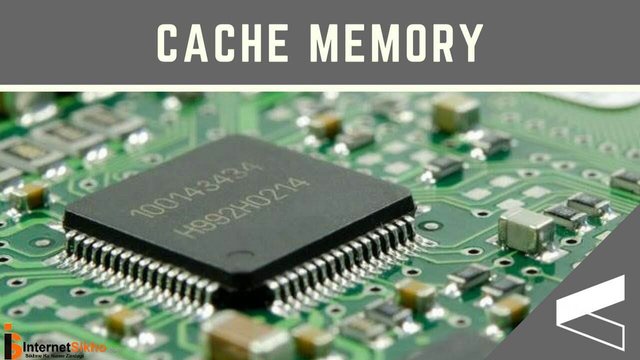Cache memory is a small, high-speed storage area located close to the CPU (Central Processing Unit) that temporarily holds frequently accessed data and instructions. It allows for quicker data retrieval compared to accessing data from the main memory (RAM). Here are some key points about cache memory:
Speed: Cache memory operates at a much higher speed than the main memory, allowing the CPU to access data and instructions faster.
Levels: There are typically multiple levels of cache memory:
- L1 (Level 1) Cache: The smallest and fastest, located directly within the CPU chip.
- L2 (Level 2) Cache: Larger than L1, but slower; it may be located on the CPU or on a separate chip close to the CPU.
- L3 (Level 3) Cache: Even larger and slower than L2, but still faster than main memory; usually shared among multiple CPU cores.
Purpose: The main purpose of cache memory is to reduce the time the CPU takes to access data from the main memory, thus improving overall system performance.
Mapping Techniques:
- Direct-Mapped Cache: Each block of main memory maps to exactly one cache line.
- Fully Associative Cache: Any block of main memory can be stored in any cache line.
- Set-Associative Cache: A combination of direct and fully associative, where memory blocks map to a subset of cache lines.
Replacement Policies: When the cache is full, older data must be replaced. Common policies include Least Recently Used (LRU), First-In-First-Out (FIFO), and Least Frequently Used (LFU).
Hit and Miss:
- Cache Hit: When the CPU finds the data it needs in the cache.
- Cache Miss: When the CPU does not find the data in the cache and must retrieve it from the main memory.
Write Policies:
- Write-Through: Data is written to both the cache and the main memory simultaneously.
- Write-Back: Data is written only to the cache and updated in the main memory later.
Cache memory plays a crucial role in enhancing the speed and efficiency of computer systems by reducing the time taken to access frequently used data.

Congratulations, your post has been upvoted by @upex with a 0.31% upvote. We invite you to continue producing quality content and join our Discord community here. Visit https://botsteem.com to utilize usefull and productive automations #bottosteem #upex
Downvoting a post can decrease pending rewards and make it less visible. Common reasons:
Submit